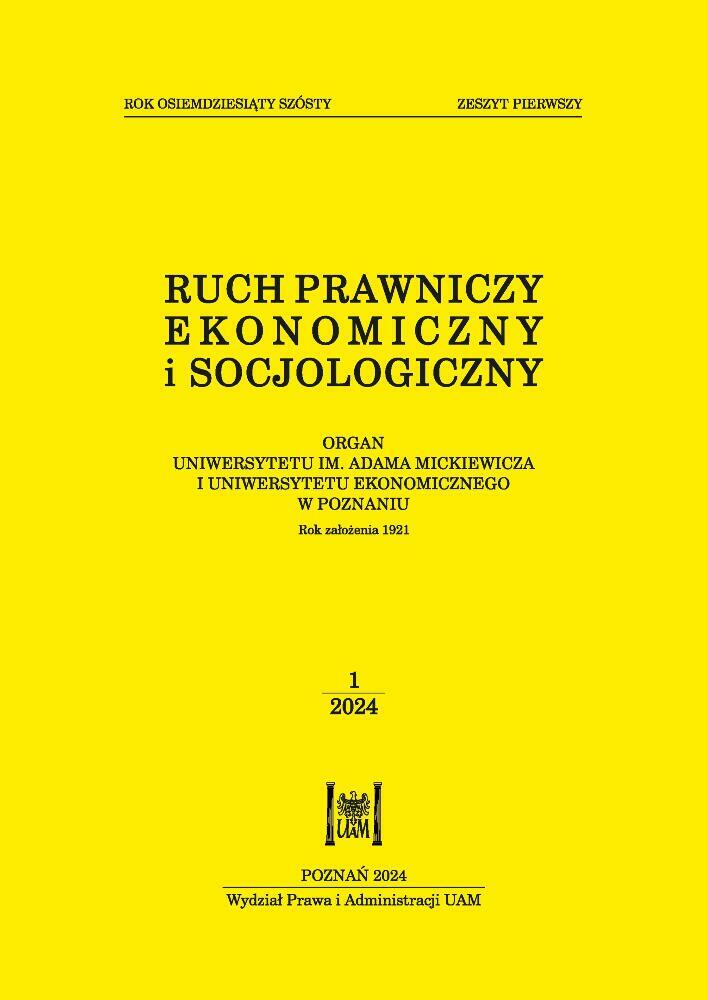PODOBIEŃSTWO FIZYCZNE A DOBÓR DAWCY W PROCEDURACH
MEDYCZNIE WSPOMAGANEJ PROKREACJI
PHYSICAL RESEMBLANCE AND DONOR-MATCHING IN MEDICALLY ASSISTED REPRODUCTION
Author(s): Rafał ŁukasiewiczSubject(s): Civil Law, Health and medicine and law, Family and social welfare
Published by: Uniwersytet Adama Mickiewicza
Keywords: medically assisted procreation; donor-matching; gamete donor;
Summary/Abstract: The Polish Infertility Treatment Act enables recipients (married couples and different-sex cou- ples) access to third-party reproduction. The donor-matching is done by a physician who is obliged to establish phenotypic similarity between gamete/embryo donor(s) and recipient(s). According to Polish law, the following phenotypic characteristics are taken into consideration in the process of donor selection: height, weight, eye colour, hair colour, hair texture (straight, curly, wavy), body build, race, and ethnicity. The article aims to examine the possibility of applying other methods of matching used to ensure a higher level of physical resemblance between donor(s) and recipient(s), which are applied in other jurisdictions, such as the comparison of photos and/or using modern technologies based on facial recognition, given the fact that Polish patients may participate in donation programs abroad (where the process of donor-matching differs from the Polish regula- tions), and gametes may be shipped from international gamete banks and delivered to the Pol- ish clinics. The article uses a comparative analysis of regulations and practices in Poland and selected countries. The study concludes that the current regulations are insufficient, and formu- lates some proposals for amending Polish law to allow the use of photos and facial recognition in donor-matching.
Journal: Ruch Prawniczy, Ekonomiczny i Socjologiczny
- Issue Year: 86/2024
- Issue No: 1
- Page Range: 41-60
- Page Count: 20
- Language: Polish

